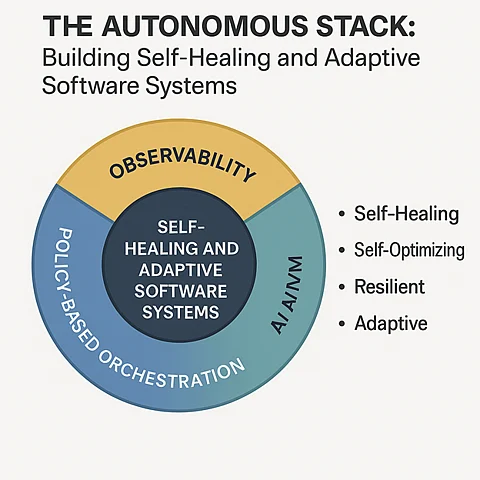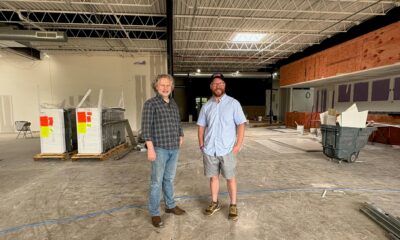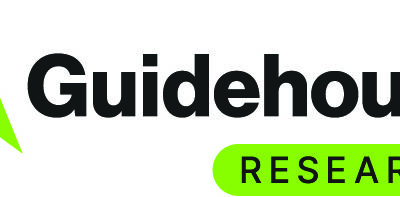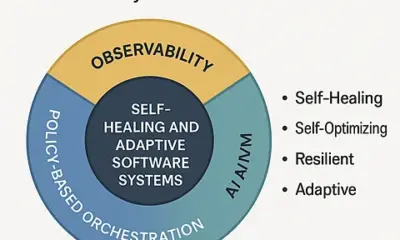Technology
Revolutionizing Software: The Rise of Self-Healing Systems

Complex software environments are evolving rapidly, necessitating innovative operational strategies that can efficiently manage cloud, edge, and AI infrastructures. The concept of the Autonomous Stack, as outlined by Naga V K Abhinav Vedanbhatla in his recent journal publication, introduces an architectural framework that empowers systems to self-heal, optimize, and maintain resilience without relying on human intervention. This shift from reactive reliability to proactive autonomy marks a significant advancement in system design and operation.
Understanding the Autonomous Stack
The rise of microservices, containers, and artificial intelligence has created intricate distributed environments that challenge traditional management techniques. As these systems scale, manual oversight becomes insufficient. The Autonomous Stack addresses this issue by embedding intelligence directly into the operational core of software systems. Utilizing real-time observability, service meshes for enhanced communication, and machine learning for decision-making, these systems achieve a heightened level of automation and responsiveness.
Aligned with industry practices such as DevOps and AIOps, the Autonomous Stack helps achieve scalable resilience and continuous optimization, essential for dynamic software environments. This model marks a departure from human-administered responses and static rules that characterize traditional system reliability.
Transitioning to Proactive Autonomy
Traditional methods for ensuring system reliability often rely on human oversight and predefined rules. Although observability tools can enhance system visibility, they frequently fall short in detecting complex anomalies before they escalate into significant disruptions. By incorporating AI and machine learning principles, modern autonomous systems adopt a proactive stance, identifying potential performance issues before they become critical.
These systems evolve from passive observers to active participants in their maintenance and optimization, fundamentally altering the way organizations manage their software environments.
In a comprehensive study, qualitative methods were employed to analyze widely adopted platforms such as Kubernetes, Keptn, and Istio. This analysis assesses their autonomous capabilities concerning fault recovery, performance enhancement, and latency reduction. Case studies from major companies like Netflix and Alibaba illustrate the practical application of these autonomous models, showcasing the implementation of observability and automation in real-world production environments.
Core Components of the Autonomous Stack
At the heart of the Autonomous Stack is observability, facilitated by tools like Prometheus and OpenTelemetry, which gather real-time telemetry data. This data feeds into feedback loops and AI-driven models, enabling the system to react swiftly to disruptions. Service meshes such as Istio and Linkerd provide dynamic control over internal communications, allowing for precise traffic management and fault tolerance. AI and machine learning components contribute predictive capabilities, such as failure forecasting and auto-scaling, orchestrating system responses based on defined policies to meet operational goals.
The integration of an event-driven architecture ensures that systems can respond instantly to workload changes and disruptions, enhancing overall resilience.
Real-World Deployments: Case Studies
Netflix exemplifies the capabilities of the Autonomous Stack using its Conductor for event-driven workflows, which employs ML-based traffic rerouting to maintain availability during high-stress situations. Chaos engineering tools like Chaos Monkey simulate failures to ensure that the system can recover autonomously. Concurrently, Kubernetes leverages Argo Rollouts and Prometheus for a combination of deployment strategies—such as canary and blue/green releases—paired with real-time monitoring to minimize risks. In instances of performance degradation, Kubernetes facilitates automatic rollbacks in under two minutes, ensuring system stability without human intervention.
Keptn further advances this concept by implementing service-level objective (SLO)-based orchestration. By integrating with observability tools, it monitors system health and initiates remediation workflows when service quality declines, ensuring runtime healing and operational assurance.
Evaluating Performance and Efficiency Gains
Experimental findings highlight the significant advantages of autonomous deployment practices. Kubernetes systems utilizing Argo Rollouts recorded rollback times of under two minutes during fault events, greatly minimizing downtime. Keptn’s automation efforts increased deployment success rates by 15% through proactive remediation measures. Furthermore, Netflix reported a 25% boost in system throughput and a 20% reduction in latency during peak demand periods. Overall, deployment frequencies improved by up to 30%, and mean time to recovery (MTTR) decreased by 40%, underscoring how intelligent systems can mitigate human error, enable continuous delivery, and sustain high availability.
The Future of Autonomous Systems
While the Autonomous Stack delivers remarkable outcomes, implementing such systems requires careful planning. Organizations must ensure robust telemetry, establish appropriate health thresholds, and continuously upgrade machine learning models. Potential challenges include model maintenance, the risk of false triggers, and the possibility of excessive corrections. Nonetheless, the benefits of automation—resilience, speed, and flexibility—far outweigh these concerns.
Future developments may focus on deeper AI integrations, multi-cloud orchestration, and understanding the human factors that influence successful adoption. These autonomous systems will not eliminate the need for human oversight; rather, they will enable teams to focus on innovation rather than troubleshooting.
In conclusion, the exploration of platforms like Kubernetes, Netflix Conductor, and Keptn underscores the transformative potential of autonomous software systems. Through their intelligent designs and self-regulating control mechanisms, these platforms facilitate faster, safer, and more reliable software delivery. As the demand for scalable, fault-tolerant infrastructure continues to rise, the Autonomous Stack emerges as a crucial model for the future of DevOps and cloud-native operations.
-

 Technology4 weeks ago
Technology4 weeks agoDiscover the Top 10 Calorie Counting Apps of 2025
-

 Lifestyle1 month ago
Lifestyle1 month agoBelton Family Reunites After Daughter Survives Hill Country Floods
-

 Education1 month ago
Education1 month agoWinter Park School’s Grade Drops to C, Parents Express Concerns
-

 Technology2 weeks ago
Technology2 weeks agoDiscover How to Reverse Image Search Using ChatGPT Effortlessly
-

 Technology3 weeks ago
Technology3 weeks agoHarmonic Launches AI Chatbot App to Transform Mathematical Reasoning
-

 Technology1 month ago
Technology1 month agoMeta Initiates $60B AI Data Center Expansion, Starting in Ohio
-

 Lifestyle1 month ago
Lifestyle1 month agoNew Restaurants Transform Minneapolis Dining Scene with Music and Flavor
-

 Technology1 month ago
Technology1 month agoByteDance Ventures into Mixed Reality with New Headset Development
-

 Technology1 month ago
Technology1 month agoRecovering a Suspended TikTok Account: A Step-by-Step Guide
-

 Technology4 weeks ago
Technology4 weeks agoMathieu van der Poel Withdraws from Tour de France Due to Pneumonia
-

 Technology1 month ago
Technology1 month agoGlobal Market for Air Quality Technologies to Hit $419 Billion by 2033
-

 Health1 month ago
Health1 month agoSudden Vision Loss: Warning Signs of Stroke and Dietary Solutions










